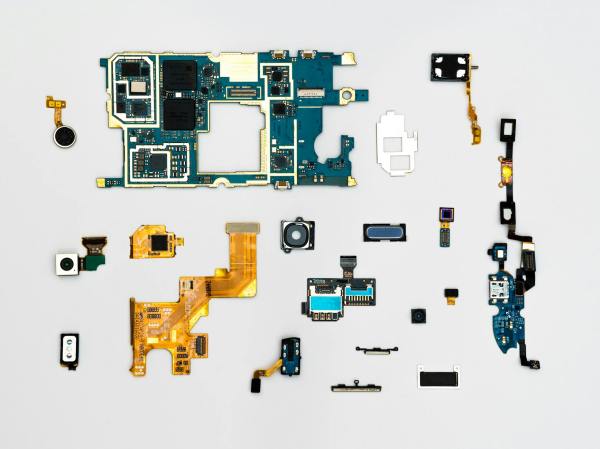Internet of things, autonomous cars, robotics, virtual assistants or connected agriculture. Artificial intelligence is changing our everyday lives in a way that has not yet found its limits. Innovations such as artificial intelligence GPT-3 offer numerous benefits that depend on how this tool is used. The debate is open.
Artificial intelligence is a field of computer science that focuses on giving machines the ability to solve problems and perform tasks in a specific environment, e.g. diagnosing a disease, by mimicking human capabilities such as reasoning or learning.
Despite its qualities, AI poses a global challenge in that it is not yet capable of reflecting on intellectual tasks in the same way as humans do. But in this respect, the GPT-3 platform, an a IA model that can genrate natural language text, stands out,
Getting to know GPT-3 artificial intelligence
Generative Pre-trained Transforme 3, or GPT-3, is an artificial intelligence platform developed by the OpenAI research lab created in 2015. It was officially unveiled by the Californian organisation on 28 May 2020, via Johns Hopkins University. Prior to its development, in 2020 Microsoft released an NLG Turing language model, but it did not achieve the same popularity.
In fact, GPT-3 is the most notorious Chat GPT model. It uses an autoregressive (AR) language model based on deep natural language learning to perform tasks related to text comprehension and generation. It is considered the world’s largest neural network in a generative environment, since it outputs long sequences of text.
It is the third generation of GPT predictive language models, and logically, more powerful than previous versions, as it has more than 175 billion machine learning parameters. In addition, this Artificial Intelligence has been trained with 570 GB of natural language information from multiple internet websites. Therefore, its potential to respond to the requested topics is greater than other textual intelligence processors. Although it has many technological advances, its greatest challenge is to eliminate the biases generated by language.
Advantages and disadvantages of GPT-3
Mainly, this artificial intelligence platform is used to generate texts automatically and summarise other texts, create answers focused on customer service, or ask them general cultural questions and ask them to read them aloud, which can help to learn the language.
To do this, it is necessary to enter a short descriptive sequence of the necessary information as well as other types of specifications such as the tone of the text or the number of words it should have, and the platform takes care of writing it in a few seconds, and can even programme it as it “dominates” programming languages. This tool has great potential and can transform business environments, as it optimises and improves procedures, such as chatbots, although these are different tools.
But although it is a very advanced tool, it does not think like a human being and therefore makes mistakes. The generated texts are often flawed both in the data it incorporates and in the structure. In addition, the quality of the texts varies depending on the language. English is the language where the fewest errors are found; in other languages, such as Spanish, the platform is not as advanced.
How to use GPT-3
This artificial intelligence platform is very easy to use, with an intuitive methodology available to all users through its official website.
The central console is a blank screen, in this space the user can write and ask for all the necessary information, it is recommended to write clear and short requests. The required information appears on a green background to differentiate it from the requests themselves.
If the information is incorrect or incomplete, the user can ask for more requests or tell the artificial intelligence GPT-3 about mistakes and successes.
What applications does GPT-3 have?
Text writing and information generation is fundamental for the proper functioning of the global digital economy, as it favours the democratisation of information. However, the processes to achieve a quality text are very arduous, and it is necessary to involve many resources. With the addition of the GPT-3 tool, companies can achieve natural language text in a few seconds. Although the syntax is not 100% correct in some cases, the texts can be used as a basis for obtaining a large amount of information.
It is considered one of the most innovative technologies of this century, although it opens the debate on the need to protect the work of thousands of creatives and content creators. In addition, it fails to correctly reproduce natural human semantics, has inconsistencies, misspellings and errors in subject matter and form.
Text generation engines, such as GPT-3, help create a basis for fast business and customer service responses by streamlining some processes. As OpenAI has announced, further developments and improvements are aimed at achieving greater text versatility and eliminating bias, but they cannot replace the spontaneity and sentiment of human creators.










